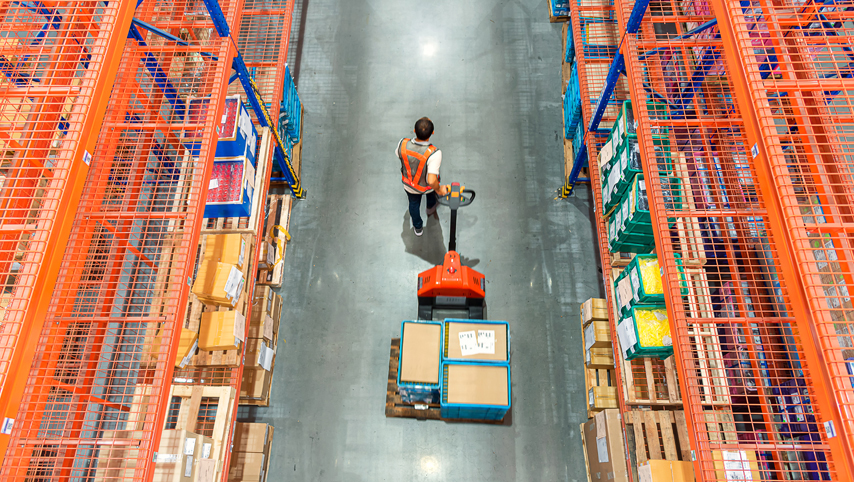When COVID-19 exploded, shortages were an everyday discussion, but the hope that shortages would be short-term isn’t panning out, especially when it comes to semiconductors…and that’s bad news for the trucking industry.
Earlier this year, I wrote a blog on how the “just-in-time” inventory formula failed to consider the impact of a Black Swan event like a pandemic. In the beginning, before we understood the lethality and length of this crisis, the hope was that shortages would be temporary. Certainly, when it comes to supplies like toilet paper, disinfectants, and other household items, there is plenty of inventory on grocery shelves.
But shortages for a plethora of other products continue. Just this past week, Pennsylvania, which sells liquor through state-run stores, announced rationing of certain brands of liquor to a two-bottle limit due to supply chain disruptions. Infection breakouts in processing plants have resulted in shortages of food products and that, as always, results in higher prices.
According to a Forbes article, “During the first half of 2020, demand for most goods cratered as economies worldwide went into lockdown. Sailings by ocean carriers were canceled, manufacturing capacity was cut, and workers everywhere were displaced.”
The stimulus package, a reduction in lockdowns, the increase in online shopping, and the release of the vaccine prompted orders to skyrocket, but this also pointed out the vulnerabilities in the supply chain. Opening back up after shutting down proved more difficult than organizations had anticipated. It wasn’t just about throwing a switch. People were afraid to return to work which slowed down manufacturing and shipping. A shortage of shipping containers which global trade relies on (not to mention the fact that the cost of containers has more than doubled in the last five years) and congestion at ports, terminals, and distribution centers just exacerbated an already difficult situation, as has the ever-problematic truck driver shortage.
All of this has contributed to a shortage that is impacting the transportation industry in ways most of us could not have imagined before, and that is the shortage of computer chips (or semiconductors).
Reasons for the chip shortage go well beyond the pandemic.
Every few days we read about another OEM shutting down production due to a severe shortage of chips and other components. It’s easy to lay the blame for the chip shortage on COVID-19, although it is certainly fair to claim that the virus made a challenging environment even worse. The tech boom continues to grow exponentially, and manufacturing just can’t keep up. These are some of the issues that created this problem:
- From trucks to cars to computers to household appliances to mobile devices and more, an increasing number of products now depend on chips.
- So many people working remotely resulted in a sharp increase in sales of PC’s and mobile devices. The global research and advisory firm, Gartner, noted at the beginning of 2021 that PC shipments in 2020 reached 275 million units, which was the highest growth in ten years. This means an increasing demand for chips.
- Some companies, seeing potential problems, essentially cornered the market. According to an August report from BBC News, “As the pandemic unfolded, early signs of fluctuating demand led to stockpiling and advance ordering of chips by some tech firms, which left others struggling to acquire the components.”
- The rise of 5G has added to demand, yet the ability to increase manufacturing is limited by the fact that building a facility is extremely expensive; plus, it is essential that the workforce be well-trained and have the necessary skills. Right now, most of the chips are made in Asia (specifically Taiwan, China, and South Korea) and U.S. companies, due to costs and workforce shortages, are reluctant to make the move to onshore chip manufacturing.
Fleets should consider full service leasing to help mitigate these shortages.
I wish I could say I have the answers needed to solve this issue, but most experts see chip shortages extending well into 2022 and not seeing real relief until early 2023. This makes supply chain and capital expenditure planning more important than ever. For some companies, purchasing more new trucks for a fleet is proving almost impossible, not to mention nearly prohibitively expensive. With new trucks not readily available, maintaining the vehicles you have in your fleet is vital. But that also means having the tools and techs necessary; another problem fleets are facing. That is why many are turning to third-party partners to lease their transportation needs.
See how NationaLease can help optimize your fleet needs with our full service leasing and contract maintenance.





